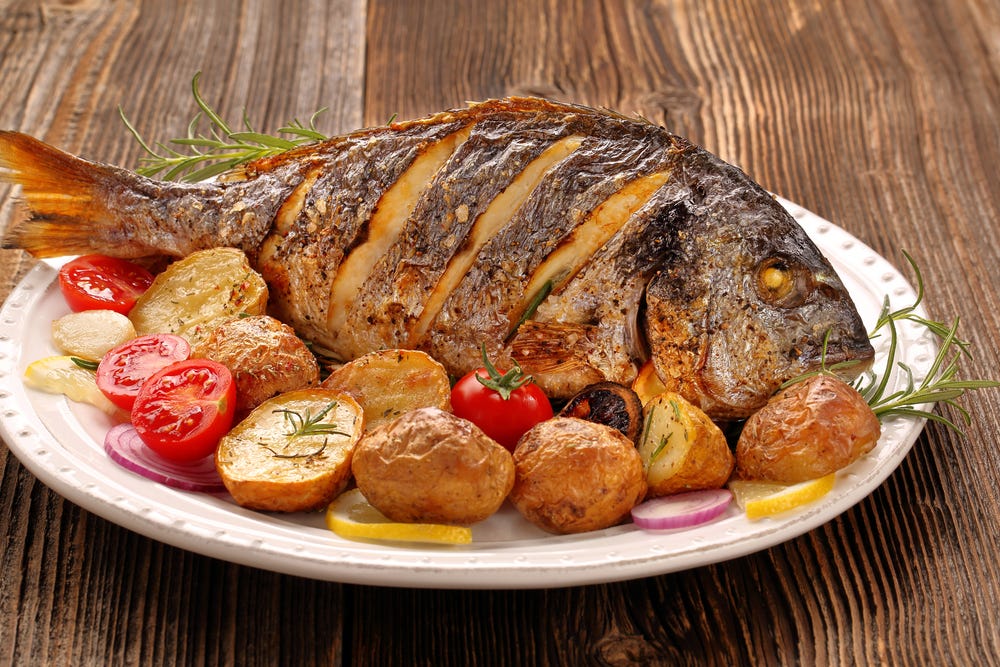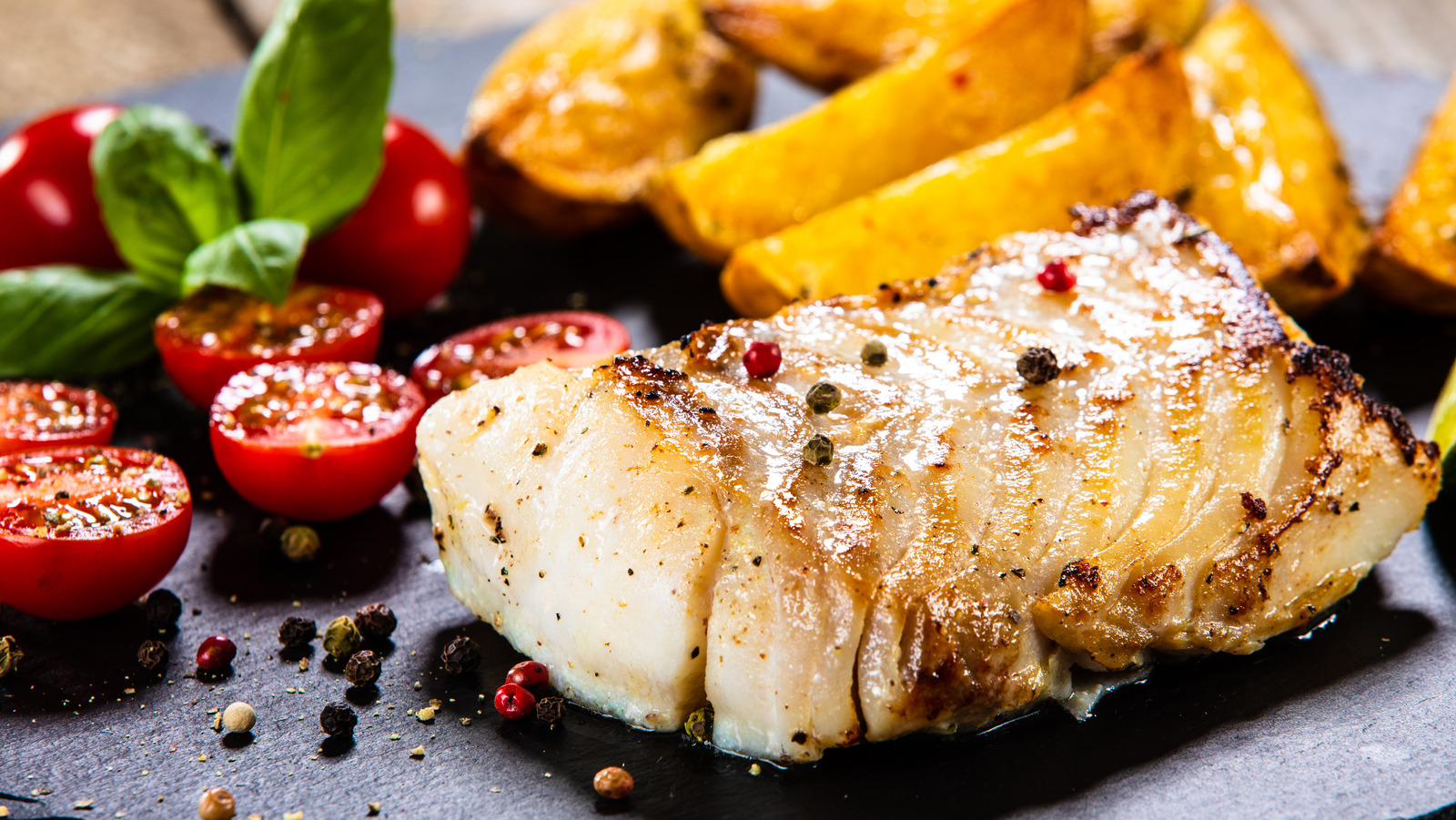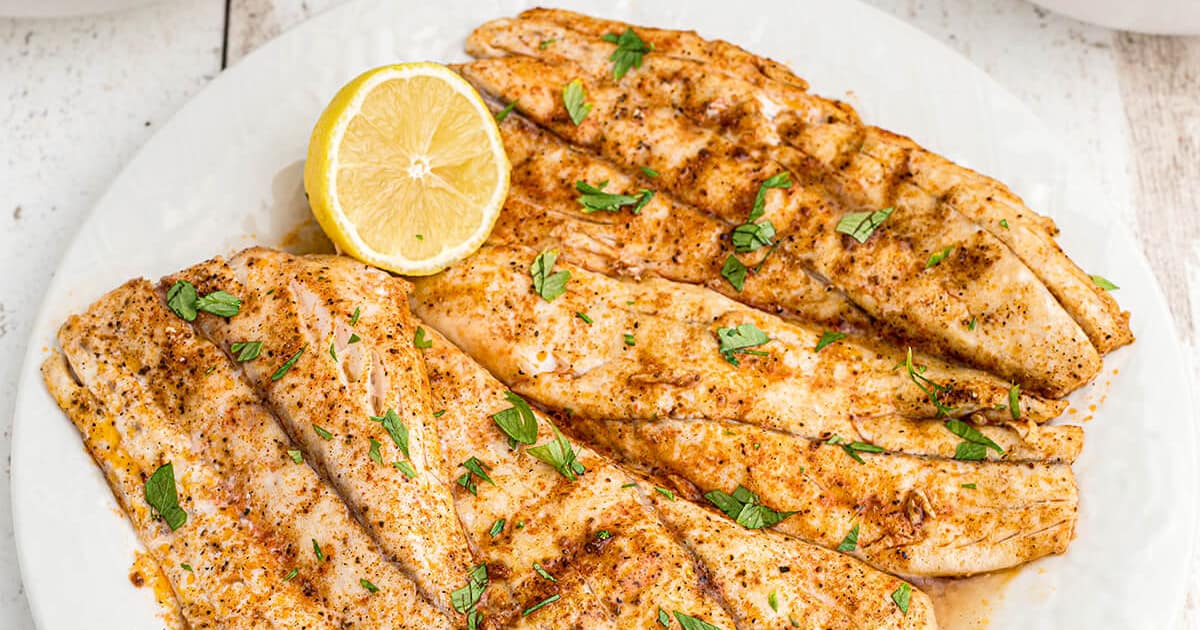The Ultimate Guide on How to Cook Fish in Butter: A Delight for Every Palate
Written By James Morgan
If you're looking for a **delectable** way to enjoy fish, learning how to cook fish in butter is an essential skill that can elevate your culinary repertoire. The combination of tender fish fillets with the rich flavor of butter creates a dish that's not only satisfying but also incredibly easy to prepare. This article will delve deep into the nuances of cooking fish in butter, providing you with everything you need to know, from ingredient selection to cooking techniques. So, get ready to impress your family and friends with your newfound skills!

Why Choose Butter for Cooking Fish?
Butter is a beloved cooking fat that's revered for its rich flavor and versatility in enhancing the taste of various dishes. When it comes to fish, the melting richness of butter complements the delicate flavors perfectly, offering a beautiful harmony that's hard to resist. Not only does cooking fish in butter impart a luxurious flavor, but it also enriches the fishs natural juices, creating a succulent dish that's moist and satisfying. Another advantage of using butter is its ability to brown, adding an attractive golden hue to your fish fillets. This is further enhanced by the Maillard reaction, which adds depth to the sweetness of the fish when cooked at the right temperature. Whether you're preparing a **simple mid-week dinner** or a **gourmet meal**, butter serves as an excellent choice for cooking fish.
Understanding the Types of Fish to Use
When considering how to cook fish in butter, its important to recognize that not all fish are created equal. Different species offer varying flavors and textures that can dramatically change your dish. For instance, **salmon** is beloved for its rich, fatty profile, which pairs beautifully with butter. Meanwhile, **cod** or **tilapia** offers a mild flavor that acts as a canvas, allowing the butter to shine through. Other great choices include **halibut**, **trout**, and **snapper**. It's great to consider the **freshness** of your catch as well; always opt for the freshest fish available. Ideally, fresh fish should have a clean scent that resembles the ocean, and the flesh should be firm yet yield slightly when pressed. Always ask your fishmonger about the best options available and how to prepare them for cooking.

Essential Cookware for Cooking Fish in Butter
When you dive into the world of cooking fish in butter, having the right tools in your kitchen can significantly enhance your experience. A good quality **griddle** is essential for achieving that perfect sear without burning the fish. On a griddle, you can control the heat more precisely and ensure that your fish cooks evenly. Additionally, a **sharp knife** is a must-have for preparing your fish. Whether you are filleting or simply portioning, a sharp knife makes the task easier and safer. Don't forget a sturdy **cutting board** as well. It offers a safe and stable surface for you to work on while preparing your ingredientsand it's particularly important for avoiding cross-contamination if you're dealing with both fish and other meats. For a detailed guide on selecting these cookware items, you can explore some options [here](https://www.amazon.com/s?k=griddle).

Ingredients You Will Need
- 2 fish fillets (your choice of fish)
- 4 tablespoons unsalted butter
- Salt and pepper (to taste)
- Fresh herbs (like parsley or dill, optional)
- 1 lemon (for juice and zest, optional)
Steps for Cooking Fish in Butter
Now lets explore the step-by-step process of **cooking fish in butter**. This method is not only simple but incredibly rewarding. The first step is to prepare your fish. Rinse the fillets under cold water and carefully pat them dry with a paper towel. This helps to achieve that coveted crispy skin (if your fish has skin!). Then, season both sides of your fish with salt and black pepper to taste. The introduction of seasoning at this stage is crucial; it will help bring out the natural flavor of the fish. Next, heat your **griddle** over medium heat. Its important to allow the cookware to reach the proper temperature before adding butter. You can test the heat by flicking a drop of water onto the surface; if it sizzles and evaporates almost immediately, youre ready to go!
Once your griddle is hot enough, add the unsalted **butter**. As the butter melts, it will bubble and foam this is a sign that its water content is evaporating, and soon it will start to brown. Gently place your seasoned fish fillets on the griddle, skin-side down (if applicable), and cook them for about 4-5 minutes on each side. The timing here varies depending on the thickness of the fillets, but be attentive; once the edges begin to become opaque, and the fish starts to flake, its time to flip! Use your **knife** to gently lift the edge to check if it's releasing easily from the griddle; this is another sign of perfect doneness.

Garnishing Your Plated Fish
After cooking your fish, its time to make it visually appealing with a beautiful garnish. A squeeze of fresh lemon juice over the top can serve to brighten the dish while adding aromatic notes. Fresh herbs such as parsley or dill also work wonders; just a sprinkle transformed an ordinary dish into something elegant. Plating can be an art in itself; consider incorporating colorful sides such as steamed vegetables or a vibrant salad. A beautifully plated dish can elevate your dining experience because we eat not just with our mouths but with our eyes as well. This presentation should make your fish feel like a restaurant-quality meal right in your own home!
Beyond the Basic Recipe: Explore Variations
Once you're comfortable with the basic method of how to cook fish in butter, theres a whole world of variations to explore. Consider adding a few aromatics to the butter for added flavor. Garlic and shallots should be sauted gently before adding the fish, infusing the butter with deep savory notes. Another delightful twist is to add spices; for instance, a sprinkle of paprika can add a lovely color and a touch of heat. If you want a more immersive flavor, consider a brown butter technique. This involves cooking the butter over low to medium heat until it turns a nutty brown, adding an unmistakable complexity to your fish dishes. The world of cooking is vast, and once you hone these fundamental skills, the possibilities are practically endless!
Cleaning Up: Maintaining Your Cookware
After enjoying your sumptuous fish, its important to take care of your cookware to ensure it lasts. Using a proper **cookware cleaner** is essential for maintaining the surface of your griddle. After it cools, gently scrub your griddle with the cleaner and rinse it with warm waternever use anything abrasive as it can damage the surface. Your **cutting board** also requires special attention. Applying a few drops of **cutting board oil** regularly can help maintain its integrity and avoid cracking. Remember, taking care of your tools not only keeps them looking great but extends their lifespan, making your investment worthwhile!
For more information on selecting the best cleaning products, click [here](https://www.amazon.com/s?k=cookware+cleaner).
As an Amazon Associate, I earn from qualifying purchases.



